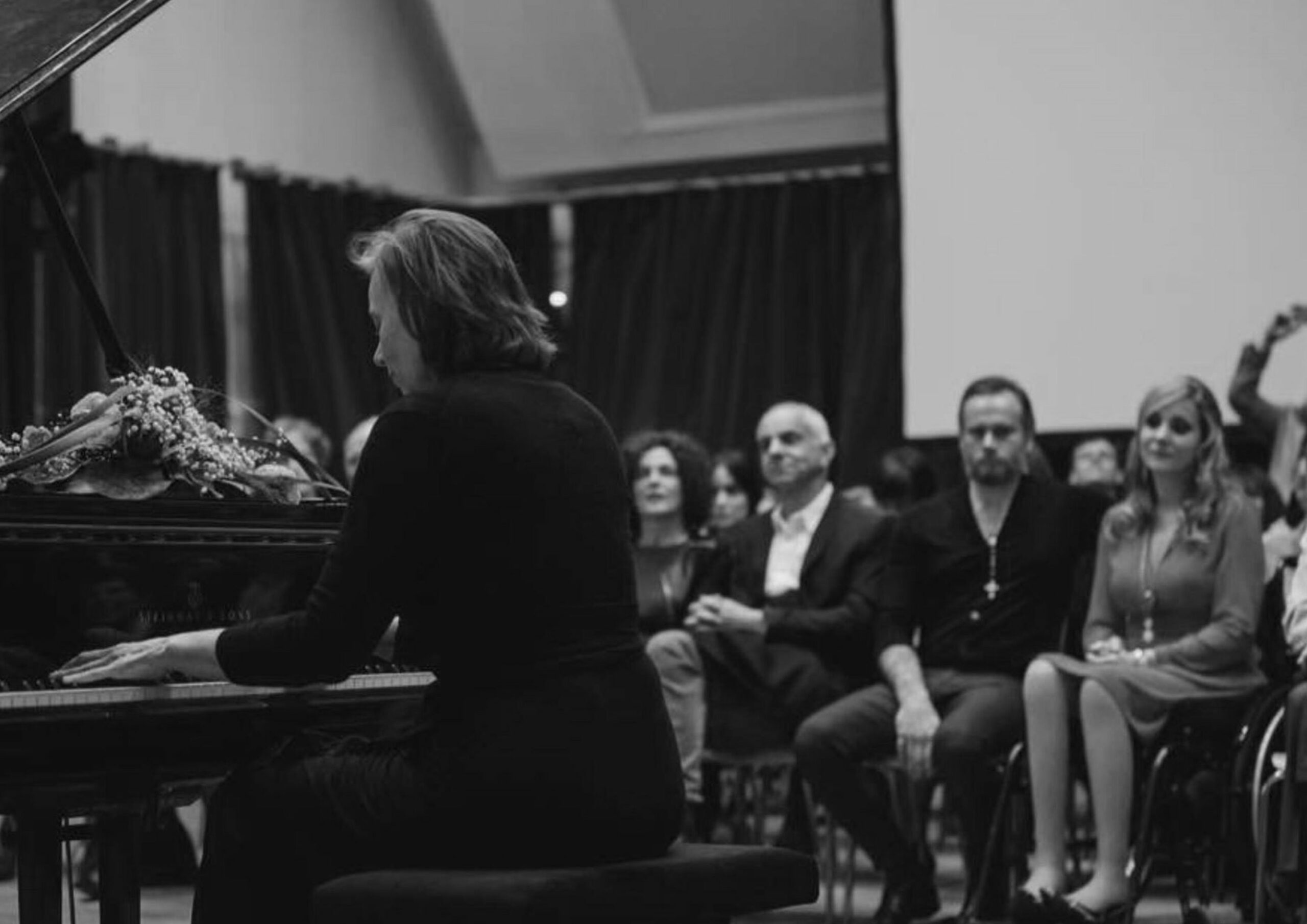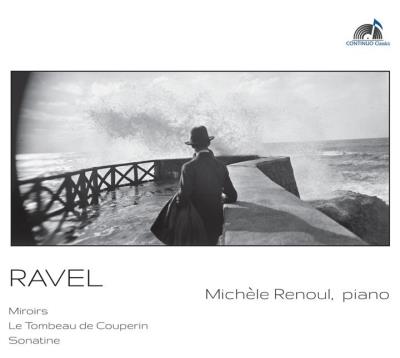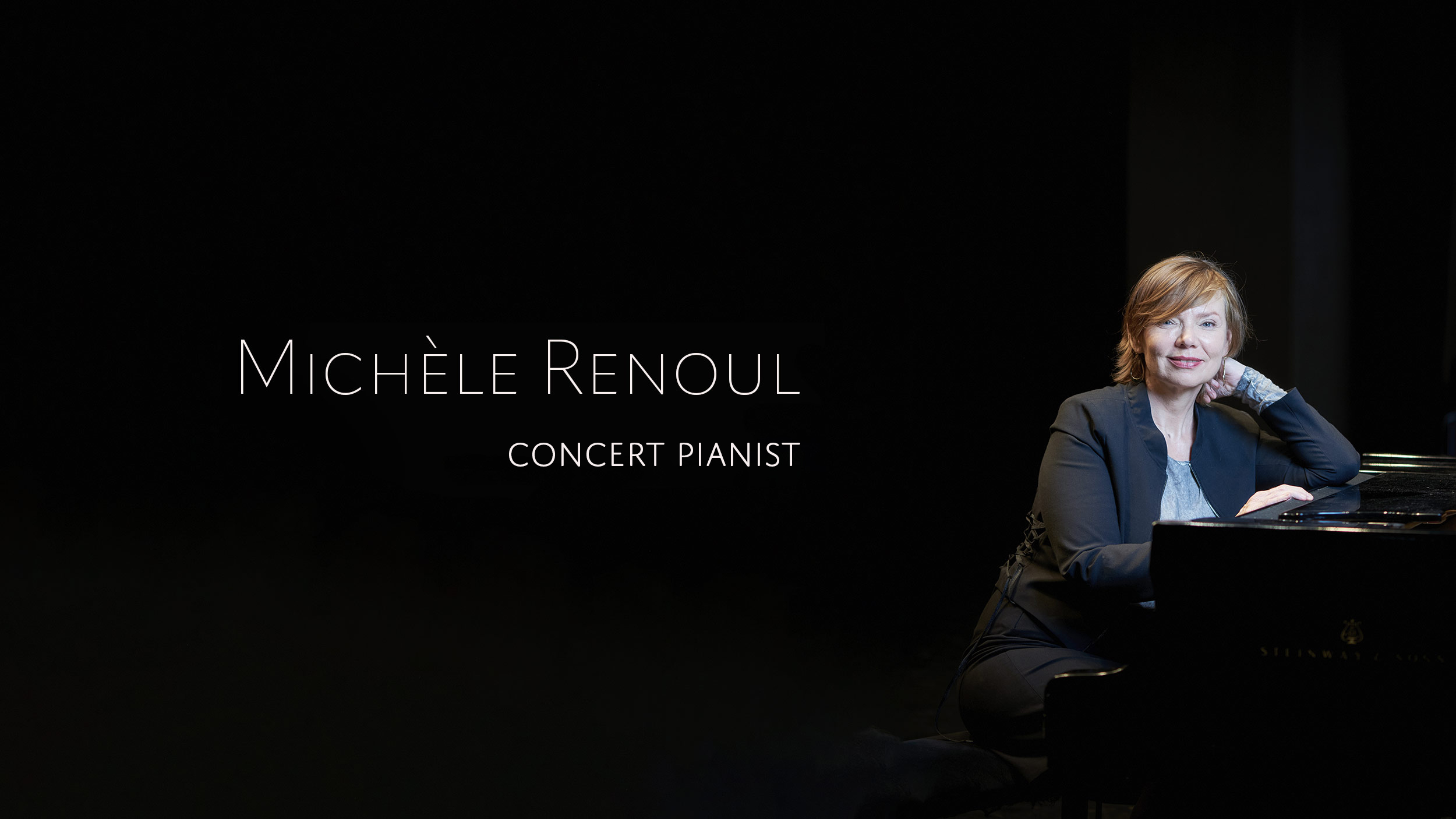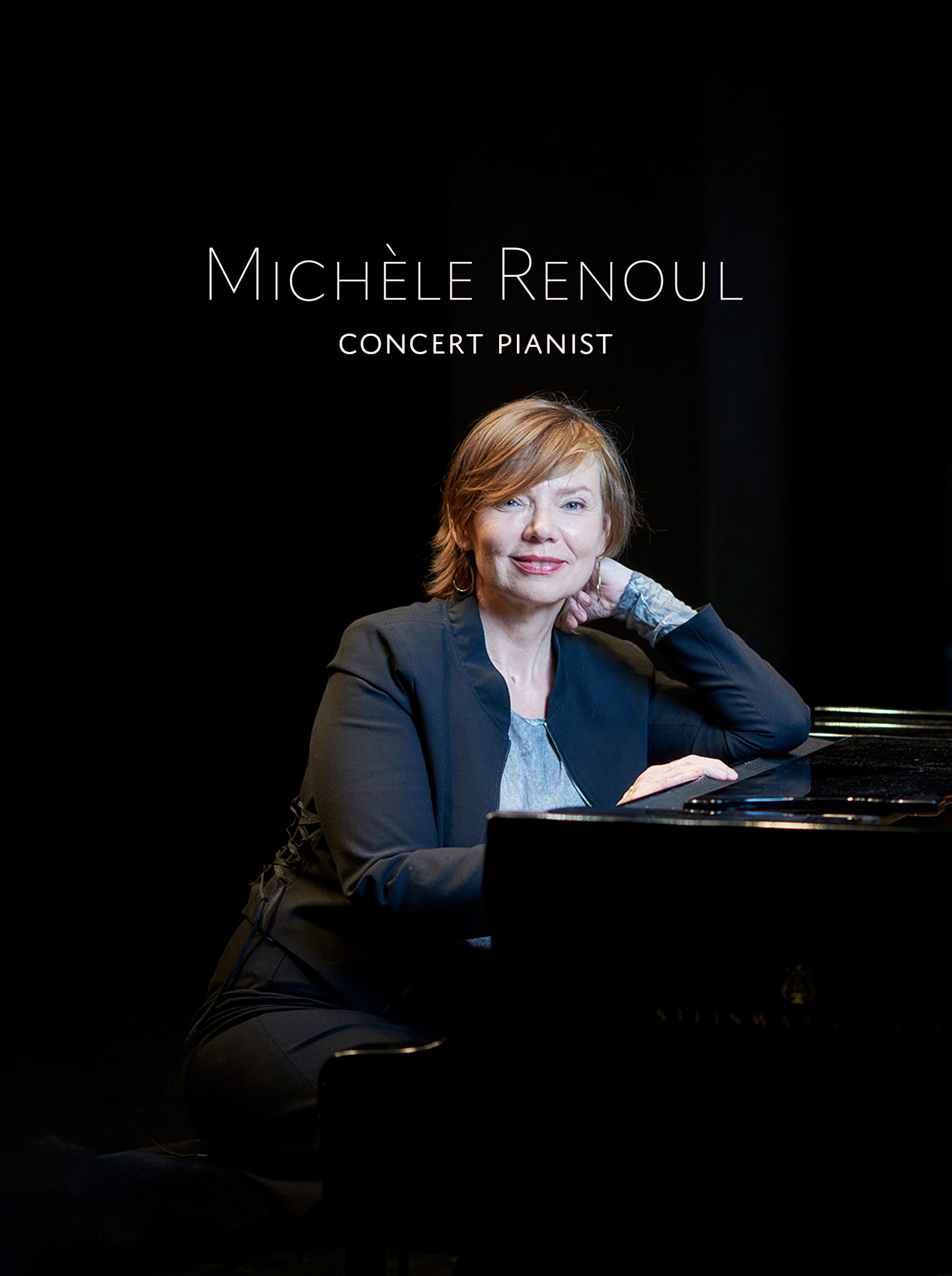
Biography
Following graduation from the music conservatory in Lyon, France, Michèle Renoul began her post-secondary education studying general history at the University of Lyon. She then decided to pursue music as a vocation. She was accepted at the Hochschule für Musik in Freiburg-im-Breisgau, Germany. From a young age, she had the good fortune to benefit from studying with great artists and educators such as Françoise Léage, Anne-Marie Lamy, Elza Kolodin, Vitaly Margulis, Laurent Cabasso, Rena Shereshevskaya, and Ramon Walter.
She obtained two masters degrees, one in solo piano and the other one in the interpretation of German Lied and French melody.
She discovered, and became passionate about, the music from the sixteenth and seventeenth centuries. She also desired to understand better repertoire inaccessible to piano via training directing choir and orchestra. She had courses in vocal training simultaneous to piano studies at the Hochschule in Freiburg.
Ravel was a silversmith. With a love of precision and accuracy, he wrote music refined to the smallest detail. From his paternal ancestry, there was a history of Swiss watch making. If La Vallée des Cloches (the Valley of the Bells), and the last part of Miroirs (Mirrors), made implicit reference to Switzerland, these bells are not simply those that give the time. Their sounds seem to float in the air from one side of a valley to another, drowning themselves out in their own echoes. But, as precise as it is, his music did not show the smallest presence of any degree of ambiguity. Ambiguity that he plays with and masters, both in the harmonic field, and in orchestration, displaying a mastery of colors in the pianistic palette of sound. The clear and the obscure rest permanently alongside this musician. Ravel wanted to be objective. Ravel wrote that in the Mirrors compendium that he often tended to assimilate an Impressionist aesthetic: « The word of mirror in any case should not imply in me the desire to affirm a subjective theory of the art ». « Do not interpret my music, just as playing » he said. Ravel was not seeking to be precise: He was. His ear was probably among the most refined that one could imagine. The precision that he used noted the dynamic that was best adapted. He has been a subject of admiration shared widely among the musicians who have played his works. His voice, so singular, with harmonic sophistication, and a poetry that is expressed in so many moments in his music, often outweighs a willingly mottled style (variegated, wrote the young Boulez!), under a mixture of national influences sometimes surprising, and under a certain indifference - but not to say formal negligence. A comparison is often made with his elder, Debussy. However , in this area, it is easy to see that it is not the case. Highly meticulous, Ravel, had a sharp sense of writing exactly, with a craftsmanship as precise as possible. This was in contrast to the vagabond Debussy, who used an alchemy that appears as falsely lazy, but in turn opened the doors of novelty.



